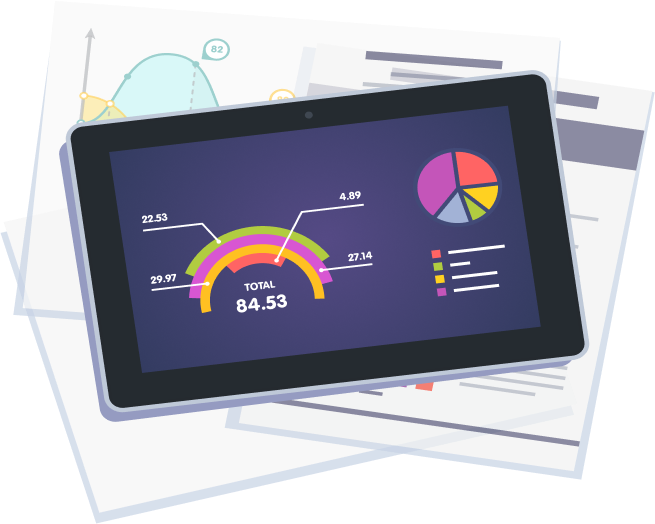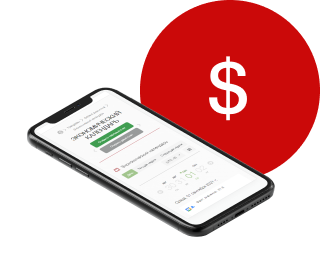 Forex Analytics
Forex Analytics
We present to your attention the daily updated Forex analytics section, where you will find reviews from leading experts in the foreign exchange markets, up-to-date monitoring of financial information.
Articles
Crypto
News
Tools
Grab a chance to earn real money on the spot!
Make four simple steps along the road to success and financial independence
1
Open a trading account to sign up for MetaTrader 4
Novice traders may begin their career on Forex practicing on a demo account
2
Download Mobile app - a powerful, reliable, and time-tested trading platform
System requirements: Windows 7 and higher
3
Deposit your trading account through any convenient payment system
4
Nice bonuses ensure your confident start to trading
Bonuses of 30% to even 100% are credited whenever you make a deposit














